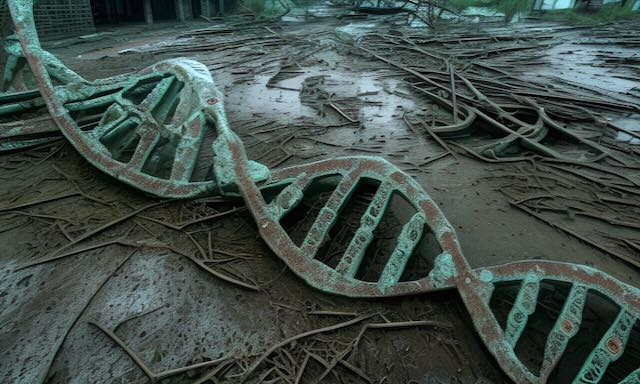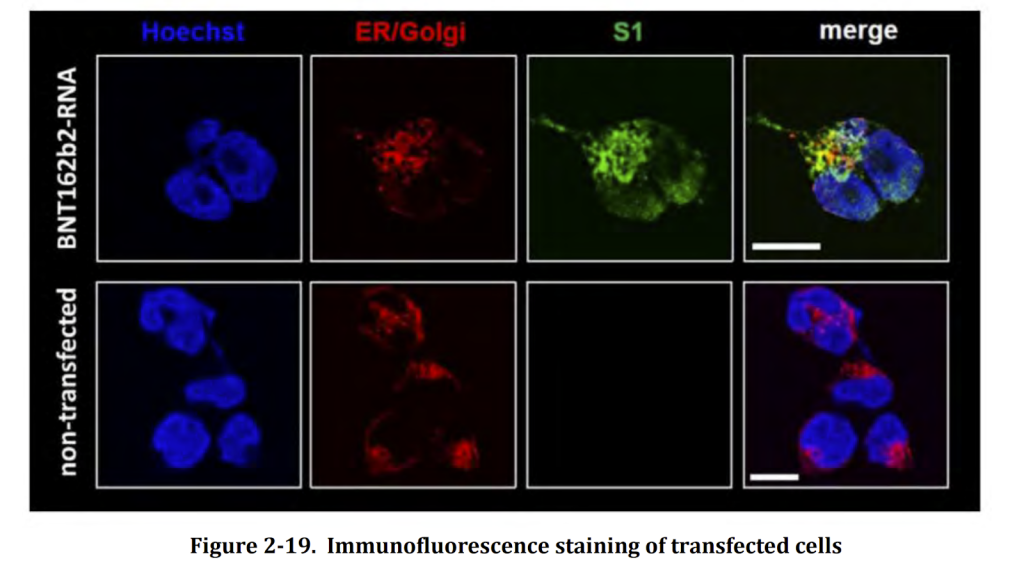
How many coincidences are believable?
Also available on Substack – Come and join the conversation with open comments
Kevin McKernan’s demonstration of high levels of DNA in the vaccine vials has now been replicated by six other laboratories globally. There are strict limits placed on the amount of DNA allowed because of the risk of this foreign DNA integrating into the human genome. Oddly the EMA limits the amount as a ratio with how much mRNA is present rather than giving an absolute amount. These higher levels were exceeded by 20-30 times.
The vaccine mRNA was manufactured by vats of bacteria to make a template of DNA in order to mass produce the mRNA. It was this DNA template that should have been removed during purification steps that was present in the vials.
Cancer genomics expert, Dr. Phillip Buckhaults was one of the scientists to replicate the measurements and expressed huge concerns about how the DNA was in an optimal state for integration into the human genome. It was not circular, as in the original plasmid, but in linear lengths. Furthermore, each strand would have a similar chance of integration but the DNA present was hugely fragmented such that one strand might have broken down into 100 fragments increasing the risk of integration by 100 fold.
This alone would be a reason to call out the competence of those responsible for making the products and every regulator globally. However, the story gets much worse. There are four other ways in which this DNA was optimised for nuclear integration. This is not about spike DNA being integrated into the cell’s DNA. It is about any foreign DNA doing so as there is a risk of it nullifying a gene that controls cell growth and this is a cancer risk.
The SV40 Nuclear Localisation Signal
A nuclear localisation signal is part of a protein that makes a beeline for the nucleus and can drag with it any associated DNA. When designing this platform as gene therapy it was essential that the delivery system ensured DNA would reach the nucleus. One of the methods reported to achieve that was to use the very same SV40 nuclear localisation signal that was found in the vaccine DNA. HART has written about this nuclear localisation signal before. It should not have been in the DNA template and its presence was not disclosed to regulators.
The furin cleavage site Nuclear Localisation Signal
The Furin Cleavage Site, described as highly toxic, was retained in the vaccine sequence, and this sequence is also suggested to be a Nuclear Localisation sequence. One of the arguments for a zoonotic origin was that one of the amino acids in this part of the sequence would not be optimal for human cellular infection. However, it is the presence of this amino acid that gives this region a second function – that of being a second nuclear localisation signal capable to dragging DNA into the nucleus.
The PolyA Nuclear Localisation Signal
In order to stabilise mRNA a series of A nucleotides were added on to the end of the spike sequence. These should not be translated into protein as there is a message to stop translating that precedes it. However, the DNA sequence shows that hidden in this string of As is a start translating message that should not be there. The peptide that would be produced from translating this region would act as a third nuclear localisation signal. The Japanese Regulators evaluation seems to indicate that they noticed this anomaly, saying, the mass produced version of the product “showed a slight difference in the content of poly (A) tail,” but did nothing about it.
Lipid Nanoparticles
As if these concerns were not enough there is the additional problem of the lipid nanoparticle delivery system which was originally designed for gene therapy and therefore their ability to carry material to the nucleus. Not all lipid nanoparticles have the same propensity to do this and some are better suited to carrying RNA rather than DNA. We are not claiming that the one chosen was optimised for nuclear integration but it is a further risk factor.
Indeed the Australian Regulator published images which clearly showed that the S1 portion of the spike was present inside the nucleus in cells in culture when vaccine mRNA was inserted into their cytoplasm. (The bright green area is the golgi apparatus outside the nucleus. The nucleus should not be green at all (see control image below). The dark area within the nucleus that is not green is the nucleolus and it did not penetrate there).

The presence of foreign DNA in the genome can cause various complications, with cancer being the most notable risk. This cancer risk arises from the potential of the foreign DNA to disrupt the genes that prevent uncontrolled growth and control correct any mutations in the DNA. There is also a potential risk of integrating into the genome of sperm and egg cells and impacting on the health of future generations.
With the identification of five separate means of optimising for DNA integration which have not been picked up by any regulators globally, questions must be asked about whether it is a stretch too far to ascribe all of these issues to carelessness or incompetence. How many careless mistakes can be excused?
